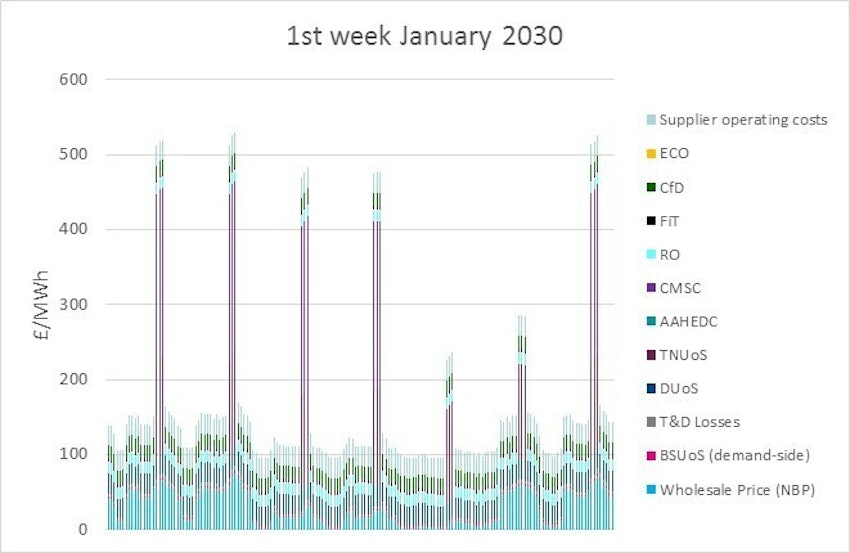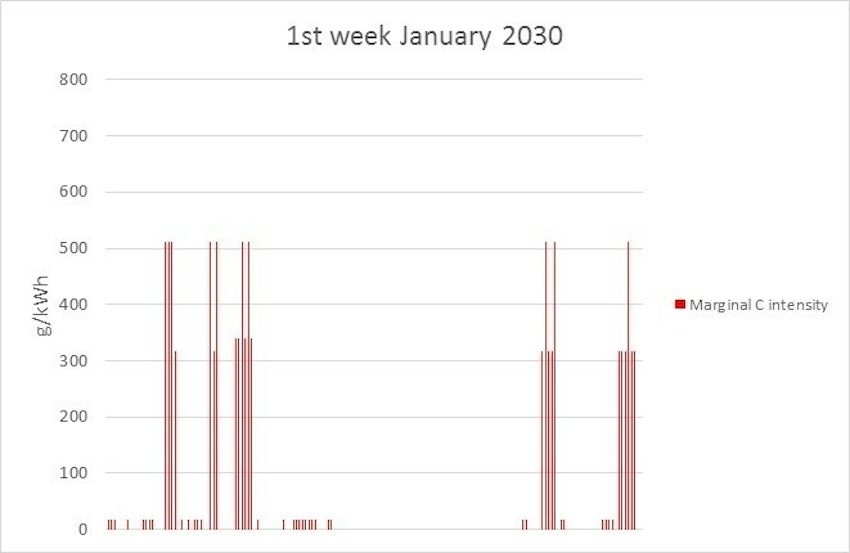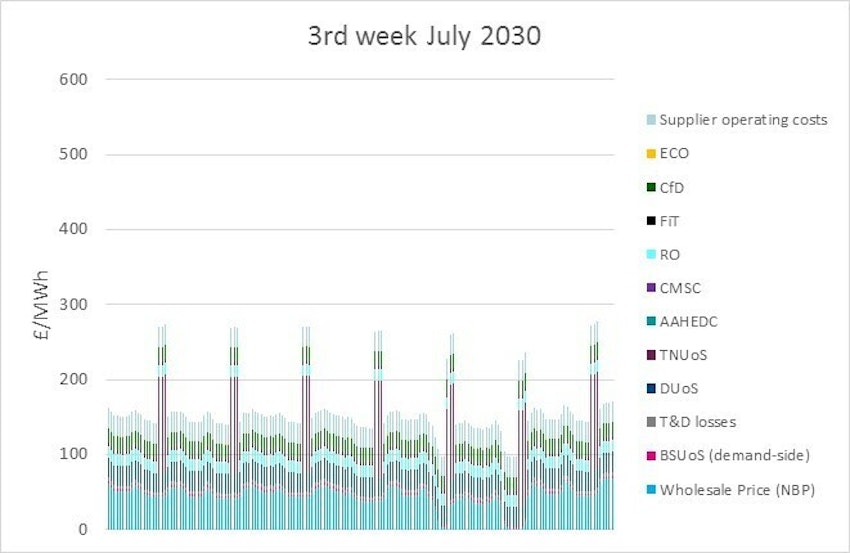How can we change the UK's energy supply system and market structure in order to encourage wider adoption of plug-in vehicles?
12 March 2019
We are presently working with our project partners on the Consumers, Vehicles and Energy Integration (CVEI) project, to analyse the results of field trials with mass market drivers using a variety of electric vehicle models. For the first time this research allows us to see how our trial participants (who statistically represent around 80% of all miles driven) use battery electric and rechargeable hybrid vehicles in their daily lives.

Andrew Haslett
Chief Engineer
Electric vehicles are hopefully about to deliver the next major step forward in achieving UK decarbonisation and growth, after good progress has been made with decarbonising electricity. For the large public and private investments in vehicles and charging points to deliver these benefits, we need to see:
- A high proportion of miles being driven on electricity, through some combination of all battery electric vehicles and efficient plug-in hybrids.
- Managing of charging by time and location to make the best use of existing generation and network capacity.
- Maximising the use and increasing the case for investment in low carbon generating capacity, rather than increasing investment in and use of gas-turbines, especially inefficient peaking plant.
Our trial has shown that there are some improvements required to the design, driver interface, and social factors in the deployment of plug-in hybrids for them to deliver on their potential. This is consistent with findings by others that performance in the real world can vary between good and very poor. We will be saying more about this in our final reports which will be published in 2019.
We have found that consumers seem very willing for their suppliers to manage charging for them, provided:
- It’s easy, like anything else with a well-designed app
- It meets their needs
- They get a reward
In this blog I will focus on the reward for making better use of generating and network capacity and maximising the use of low-carbon electricity. That’s important because the average emissions of cars sold in the UK in 2017 was 200g CO2e per mile. Using zero carbon electricity would save on average 1.5Te CO2e for each fully electric car per year. That’s a huge contribution to decarbonisation. On the other hand, using an efficient gas-turbine to supply all the electricity would only save 0.3Te per year, maybe even less. There is also further potential for emissions savings of conventional cars through improved efficiency, so it’s a moving target.
As part of the CVEI project, we commissioned the management consultancy Baringa to develop models of the variation of the costs that electricity retailers might face in each hour of the year in 2030, and also the additional carbon emissions for extra electricity supplied in each hour. Looking at these outputs, we felt that this work threw up important questions about how costs are charged to suppliers and what this means for charging electric vehicles. The current market structures won’t reward suppliers for managing their customers charging, either to make best use for existing assets or of low carbon generation.

Sample winter hourly domestic retailer cost stack based on Two Degrees Future Energy Scenario and current market structure

Sample winter hourly marginal carbon intensity based on Two Degrees Future Energy Scenario and current market structure

Sample summer hourly domestic retailer cost stack based on Two Degrees Future Energy Scenario and current market structure

Sample summer hourly marginal carbon intensity based on Two Degrees Future Energy Scenario and current market structure
If all the miles driven in the UK were on electricity, the average household would use nearly as much electricity for driving as all other domestic uses. Houses with electric heating would still use more for heating but many households would use significantly more electricity for driving. No other electric use class is as flexible as the one we have shown vehicle charging to be. So this additional use and the associated revenue might be delivered with modest additional investments, lowering the average cost of electricity to consumers.
There is still time to implement the technical and market structures required to maximise the benefit of managed vehicle charging to avoid the possibility of increased costs and limited emissions reductions.
Baringa have produced some detailed reports for the ETI. We are also making the detailed spreadsheets available to download, for use as a set of electricity costs and carbon contents with a defined derivation. This will enable people to develop their own analyses.
Baringa have produced their own Viewpoint, which reflects their perspective on these questions, as experts in the design and operation of electricity markets. We also grateful for advice from experts at the Energy Systems Catapult who have undertaken work on the distortions caused by present market structures. In their view, this piece of work by the ETI is part of a larger picture, where market structures and pricing can encourage cost and carbon inefficiencies, not just in respect of vehicle charging.